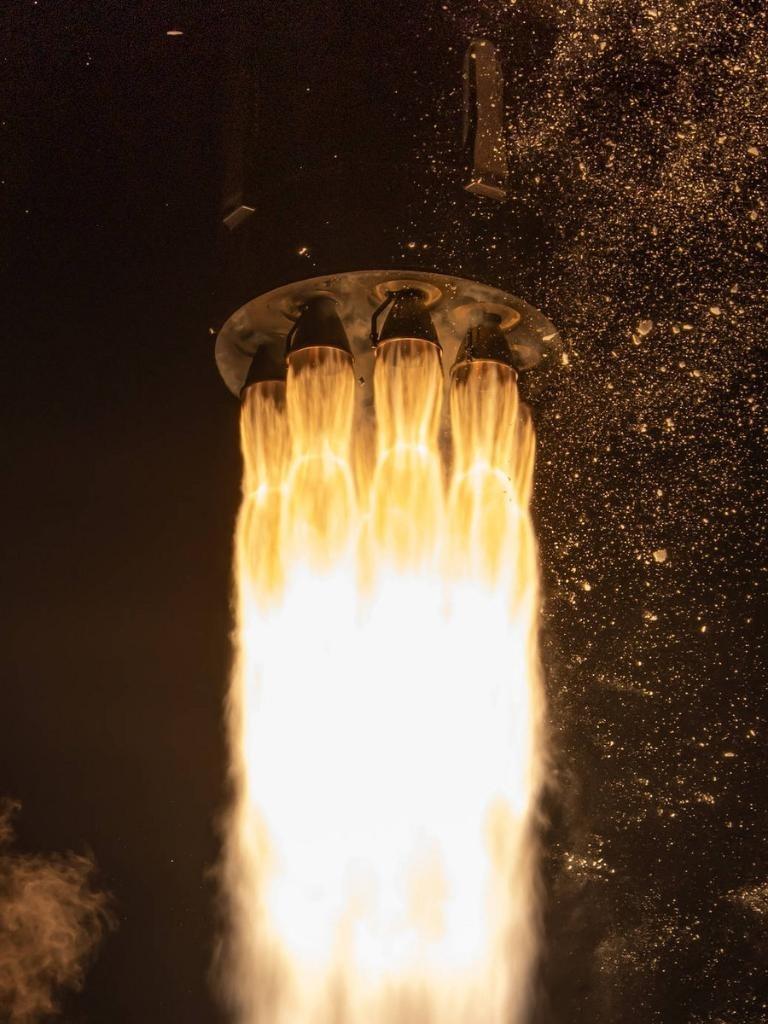 The Cislunar Autonomous Positioning System Technology Operations and Navigation Experiment (CAPSTONE) mission launches on Rocket Lab's Electron rocket from the Rocket Lab Launch Complex 1 in Mahia Peninsula, New Zealand, on June 28, 2022. (ROCKET LAB)
The Cislunar Autonomous Positioning System Technology Operations and Navigation Experiment (CAPSTONE) mission launches on Rocket Lab's Electron rocket from the Rocket Lab Launch Complex 1 in Mahia Peninsula, New Zealand, on June 28, 2022. (ROCKET LAB)
LOS ANGELES – NASA launched a new mission codenamed CAPSTONE on Tuesday to test a new type of lunar orbit, which will help take NASA's Artemis missions to the Moon.
The CAPSTONE stands for Cislunar Autonomous Positioning System Technology Operations and Navigation Experiment.
CAPSTONE is currently in low-Earth orbit, and it will take the spacecraft about four months to reach its targeted lunar orbit, according to NASA
The mission launched at 5:55 a.m. Eastern Day Time on Rocket Lab's Electron rocket from the Rocket Lab Launch Complex 1 on the Mahia Peninsula of New Zealand.
ALSO READ: NASA to launch rockets from Australia for scientific studies
CAPSTONE is currently in low-Earth orbit, and it will take the spacecraft about four months to reach its targeted lunar orbit, according to NASA.
CAPSTONE is attached to Rocket Lab's Lunar Photon, an interplanetary third stage that will send CAPSTONE on its way to deep space.
Over the next six days, Photon's engine will periodically ignite to accelerate it beyond low-Earth orbit, where Photon will release the CubeSat on a ballistic lunar transfer trajectory to the Moon.
CAPSTONE will then use its own propulsion and the Sun's gravity to navigate the rest of the way to the Moon, according to NASA.
READ MORE: NASA, Boeing launch uncrewed test flight to space station


